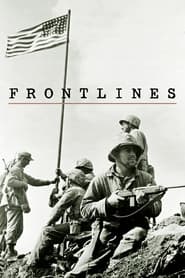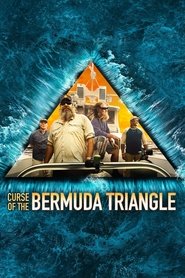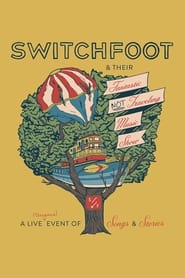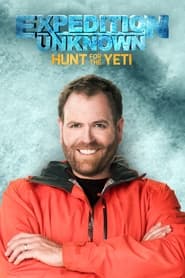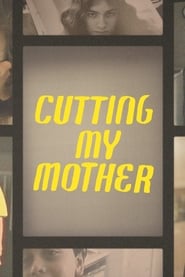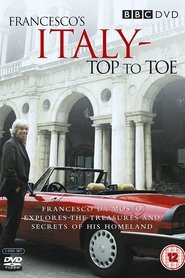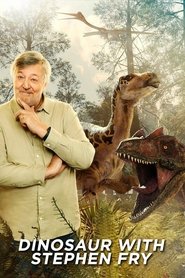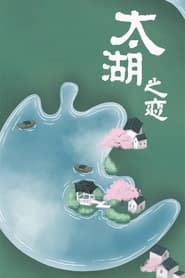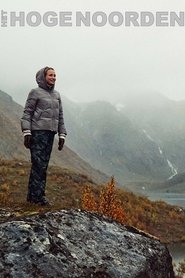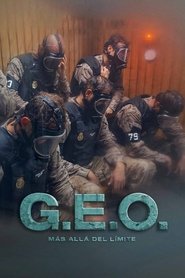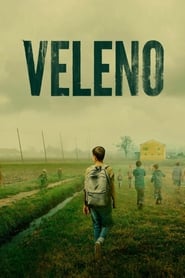Documentary TV Series - Page 379
-
WWII Frontlines
2021
WWII Frontlines
2021
This series takes viewers deep into the heart of battle, to reveal the critical turning points in some of WWII's most decisive confrontations. -
Curse of the Bermuda Triangle
2020
star 8.6A team of savvy boat captains and experienced divers seeks to unravel some of the biggest secrets surrounding the Bermuda Triangle. -
Rockschool
1983
Rockschool
1983
The series explored the history of rock music and gave instruction in popular performance techniques. -
Our Big Blue Backyard
2014
star 7Our Big Blue Backyard travels from Northland to Stewart Island, exploring six very special marine environments and features the colourful and varied inhabitants as they interact in their unique locations. From the giant to the tiny and the acrobatic to the rock scrapers, the range and behaviours of these species in such close proximity is fascinating. There is plenty of action in these aquatic communities as the lives of these close neighbours weave together to reveal entertaining animal dramas. It’s predator versus prey as surfing orcas travel the golden harbours of Northland; quality time with the big old snapper and crayfish of Goat Island; drama in the egg nurseries of the stunning Poor Knights Islands; a day out with the athletic Dusky Dolphins of Kaikoura; a fur-seal summer off New Zealand’s wild west coast and great white shark versus little blue penguins in the southern oasis of Stewart Island From acclaimed documentary filmmakers NHNZ comes the latest blue-chip series Our Big Blue Backyard, as -
Grenzwege
2022
Grenzwege
2022
-
Switchfoot & Their Fantastic Not Traveling Music Show
2020
With the prospect of no in-person music opportunities during the pandemic, and to play off their most recent tour The Fantastic Traveling Music Show, Switchfoot announced that they would be hosting a series of Fantastic Not Traveling Music Shows. These shows were livestreamed on the internet, with the first show premiering on July 25, 2020. -
Expedition Unknown: Hunt for the Yeti
2016
star 7.7Josh Gates sets off on a quest to find the Yeti, a legendary man-ape living in the high altitude of the Himalayas. -
Cutting My Mother
2019
Cutting My Mother
2019
Nathan Silver has been casting his mother, Cindy, in his independent feature films since 2012. And though Cindy always insists she’s “not an actress—I’m just your mother,” when Nathan cuts almost all her scenes from one of his movies, Cindy’s disappointment goes beyond a matter of simple creative differences. In this new documentary series, we follow Nathan and Cindy as they try to repair their relationship over the dinner table, at the synagogue, and, finally, on the set of a film where Nathan cedes the director’s chair to a promising new talent: his own mother. -
J'aurais donc dû, docteur!
2016
Some people see their lives dramatically turned upside down because they waited for too long before seeking care. The documentary series showcases individual who should have rapidly consulted with a doctor when the first signs of illness appeared, before the situation became critical. -
Mise nový domov
2016
-
Francesco's Italy: Top to Toe
2006
star 6Francesco's Italy: Top to Toe was a four-part BBC television series hosted by Francesco da Mosto and originally shown on BBC2 from 18 June to 2 July 2006. In the series, da Mosto drives his Alfa Romeo Spider the length of Italy, from North to South, exploring the architecture and traditions in different regions. This series was rebroadcast by The Travel Channel in January 2007 and repeated on BBC2 in May 2007 and BBC Four in October-November 2007. The series was rebroadcast in Canada on the Knowledge channel during July and August 2011. During Episode 1, "The Romantic North", da Mosto left his native Venice and his family, and visited the Fiat Factory in Turin, Romeo and Juliet's balcony in Verona and the city of Milan. During Episode 2, "The Garden of Italy", da Mosto visited a 19th century reproduction of Michaelangelo's David in Florence, the city of Siena and the town of Assisi. In Episode 3, entitled "The Heart of Italy" da Mosto visited the Trevi Fountain, explores Italians love/hate relationship with Mus -
Victorian Bakers
2016
Victorian Bakers
2016
star 8.5Four professional bakers leave their modern businesses behind to bake their way through the Victorian era. They set up shop in 1837, when their trade was vital to the survival of the nation. -
Dinosaur with Stephen Fry
2023
star 7Dinosaur with Stephen Fry chronologically tells the definitive story of 165 million years on earth - from the dawn of the dinosaurs to their extinction. -
Prue Leith's Cotswold Kitchen
2024
star 2Prue Leith’s Cotswold Kitchen on ITV1 sees the Bake Off judge join her husband John to share their favourite dishes. -
太湖之恋
2022
太湖之恋
2022
-
Payday
2016
Payday
2016
Follow 20-somethings over the course of a single pay-period to see how they spend, struggle and thrive. -
The Far North
2023
The Far North
2023
-
Veleno
2021
Veleno
2021
star 7In 1997 a peaceful provincial community is disrupted by a number of cases of pedophilia and Satanism. -
BBQuest
2018
BBQuest
2018
star 9Barbecue enthusiast and native Texan Kelsey Pribilski is on a quest to find secret menu items at some of the best barbecue joints in Texas. This new original series by Beef Loving Texans follows Kelsey on her search for these undiscovered, off-menu options. With the help of some renowned chefs and prominent pitmasters, there’s no telling what might be found along the way.
